How to Fix No Service and Emergency Calls Only Issue on Android?
The Emergency calls only and/or No service issues are common problems that Android users frequently encounter. These problems, which are network-related, prevent users from effectively utilizing network-based functions of an Android device. The inability to make calls, send texts, or connect to mobile data networks is a significant inconvenience.

Although these issues are most often associated with Samsung Galaxy smartphones, they can occur on any model of Android device. An Android device might display these error due to poor signal strength, a software glitch, or faulty hardware components.
If the cause is not hardware-related, such as a defective SIM card or a malfunction in the SIM card reader, there are several methods one can try to resolve the issue.
1. Manually Select Your Carrier
When your phone struggles to automatically connect to your network provider due to software glitches or misconfigurations, manually choosing your carrier from the list of available networks can re-establish a clear communication path.
By doing so, you’re basically guiding your phone to the right source, avoiding any issues that might have occurred during the automatic detection process. This simple yet effective action can often restore your ability to call, text, and use mobile data services as expected.
- Go to Settings.
- Navigate to the device’s Network Settings.

- Tap on ‘Mobile Networks‘.
- Press the ‘Network Operators‘ button.
- Allow the device to search for networks. If it doesn’t automatically start this process, tap on ‘Search Networks‘.
- Choose your carrier from the list of available networks.
2. Switch to GSM Only Network Mode
Choosing the GSM Only network mode effectively tells your phone to use the 2G network. This network type has been around longer than newer networks like 3G or 4G, meaning it has more widespread coverage and often a stronger signal, especially in remote or poorly served areas for higher network types.
By switching to GSM Only, your phone may be able to establish a consistent connection where more advanced networks are unreliable or unavailable, resolving potential service issues.
- Go to Settings.
- Proceed to the device’s Network Settings.

- Tap on ‘Mobile Networks‘.
- Tap on ‘Network Mode‘.
- Regardless of the current mode, select ‘GSM only‘.
3. Apply the Ariza Patch (Root Required)
The Ariza Patch is a software fix used for resolving potential malfunctions in the phone’s modem — the component responsible for communication with cellular networks.
When applied, it basically reconfigures and repairs the baseband (modem firmware), which can resolve persistent network issues such as Emergency calls only or No service by making sure that the modem operates correctly and thus can connect to the network efficiently.
Note: This action should be taken with caution, as rooting and modifying system components can revoke warranties and potentially harm the device if not done correctly.
- Make sure that the device has root access.
- Install BusyBox on the device.
- Download the Ariza patch APK file from here.
- In Settings > Security, allow installation of apps from unknown sources.
- Install the Ariza patch.
- Open the Ariza patch app.
- Tap on ‘V[0,5] patch’ and apply it.
Wait a few minutes, then reboot the device after the patch has been applied.
4. Perform a Soft Restart
By rebooting the system, you give your device the chance to refresh its memory, close any potentially problematic apps running in the background, and re-establish network connections. This can quickly resolve network registration errors and restore your service to full functionality.
- Press and hold the power button until the reboot menu is displayed.
- Tap on the ‘Restart‘ option to reboot the device.

Restart Phone - After restarting, verify if the issue has been resolved.
5. Reinsert the SIM Card
When you power down your device and carefully remove the SIM card, you’re resetting the connection between your phone and your SIM. This process clears residual charge and can effectively re-establish contact with the network, resolving issues resulting from misalignment or dirt obstructing the SIM card’s connectors.
By making sure your SIM card is seated correctly, you give your device another chance to detect and register it, potentially resolving any service issues.
- Power off the device and remove the SIM tray.
- Take out the SIM card, then blow air onto it and into the SIM tray slot to clear any dust.
- Carefully place the SIM card back in the tray and check if the issue is resolved after reinserting it.
6. Toggle Airplane Mode
When you enable Airplane Mode, all wireless communications on your device are turned off, including cellular connections, Wi-Fi, and Bluetooth. By later-on disabling Airplane mode effectively forces your device to re-establish connection with the cellular network, which can clear up temporary glitches or issues preventing your SIM card from communicating effectively with your network’s towers.
- Unlock the device and go to the home screen.
- Swipe down the notifications panel and tap on the ‘Airplane Mode‘ icon to enable it.
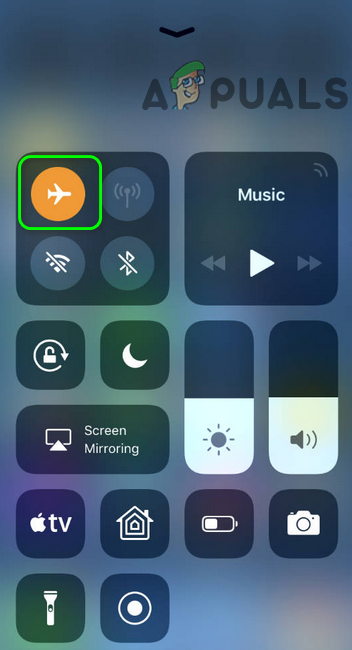
Enable Airplane Mode - Leave the device in Airplane Mode for at least 30 seconds.
- Turn off Airplane Mode, then check to see if the network is registered and the error message is resolved.
7. Deactivate Fixed Dialing
When certain numbers are blocked from being dialed, enabling your phone’s Fixed Dialing Numbers (FDN) feature could potentially lead to connectivity troubles. Disabling FDN removes these restrictions and may restore your network services by allowing the phone to communicate without limitations.
By turning off FDN, you’re making sure that no preset calling constraints are causing the issues on your Android device.
- Unlock your device and swipe down the notifications panel.
- Tap on the Settings icon, then select the Call option.
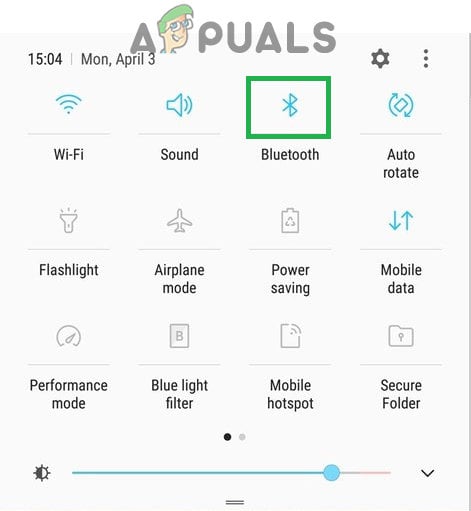
Swiping down the notifications panel and selecting the “Settings” icon - Locate and tap on Additional Settings or More within the call settings.
- Select the Fixed Dialing Numbers option and then choose Disable FDN.
- With Fixed Dialing Numbers disabled, verify whether the error message continues to appear.
8. Perform a Factory Reset
A factory reset can often resolve persistent software glitches or conflicts that may be preventing your device from recognizing the SIM card properly. By erasing all the changes and starting freshly, any corrupted data or misconfigured settings that might have been causing network issues can also be cleared, potentially resolving the errors.
Note: A backup of your essential data is crucial before initiating this step, as it will erase all personal information stored on the device.
- Unlock your device and bring down the notifications panel.
- Tap on the Settings gear icon to enter the phone settings.
- Scroll down within the settings menu and choose the System option.
- In the system settings, select the Reset option.
- From the resulting menu, tap on Factory Reset.
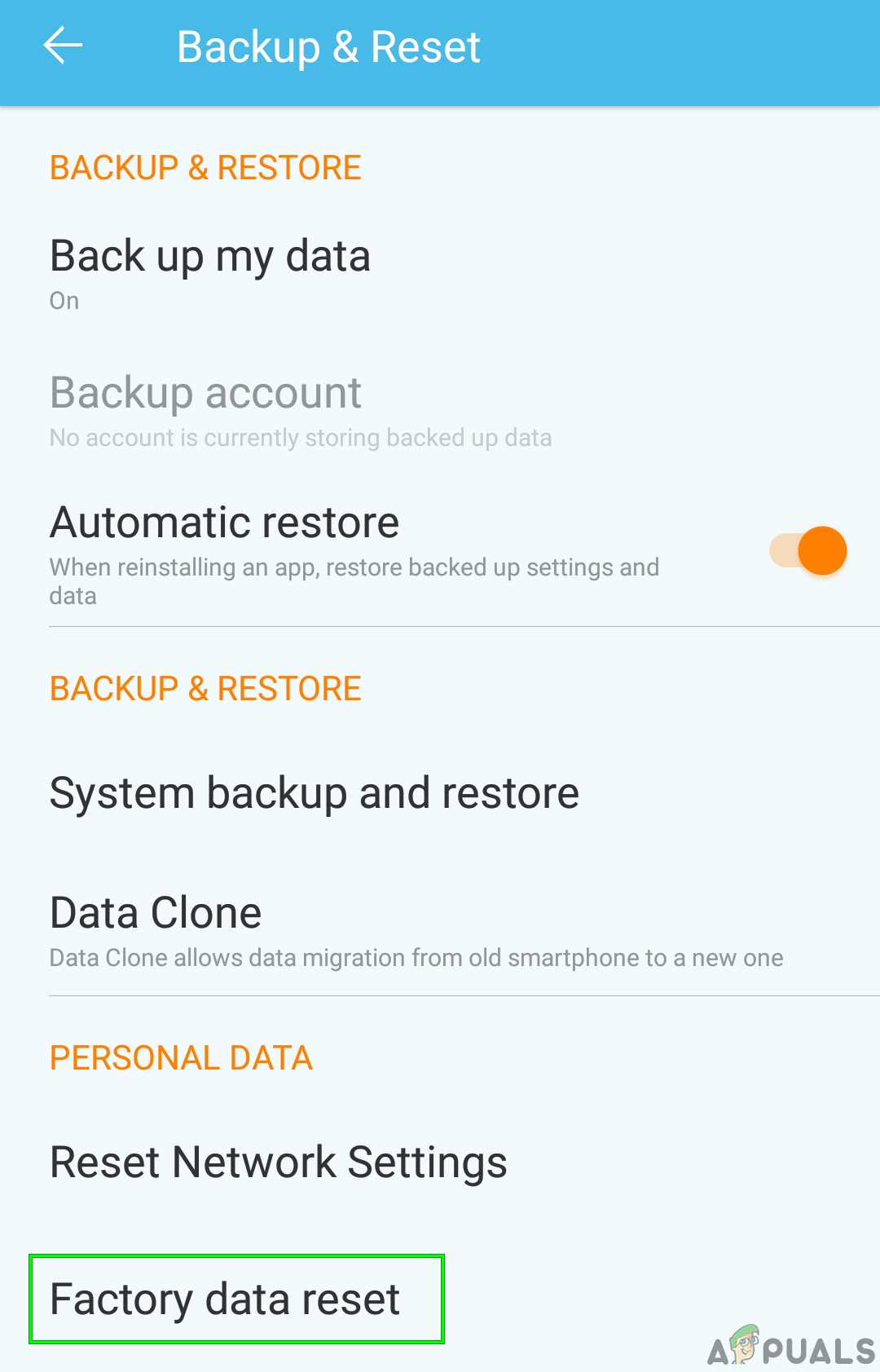
Accessing the Factory Data Reset option - Input your pin or password to authorize the reset.
- After the reset, check to see if the SIM card error persists.
9. Verify the IMEI Number
The IMEI (International Mobile Equipment Identity) number is your device’s unique identifier. When inconsistency occurs between the IMEI number configured in your device and the number registered with your carrier, your phone might be barred from accessing network services, leading to errors.
By verifying and, if necessary, resolving the IMEI number, you can restore your device’s ability to communicate with your mobile network and resume normal service.
- Unlock your phone and open the dialer app.
- Type in *#06# and press the call button to retrieve the current IMEI number.
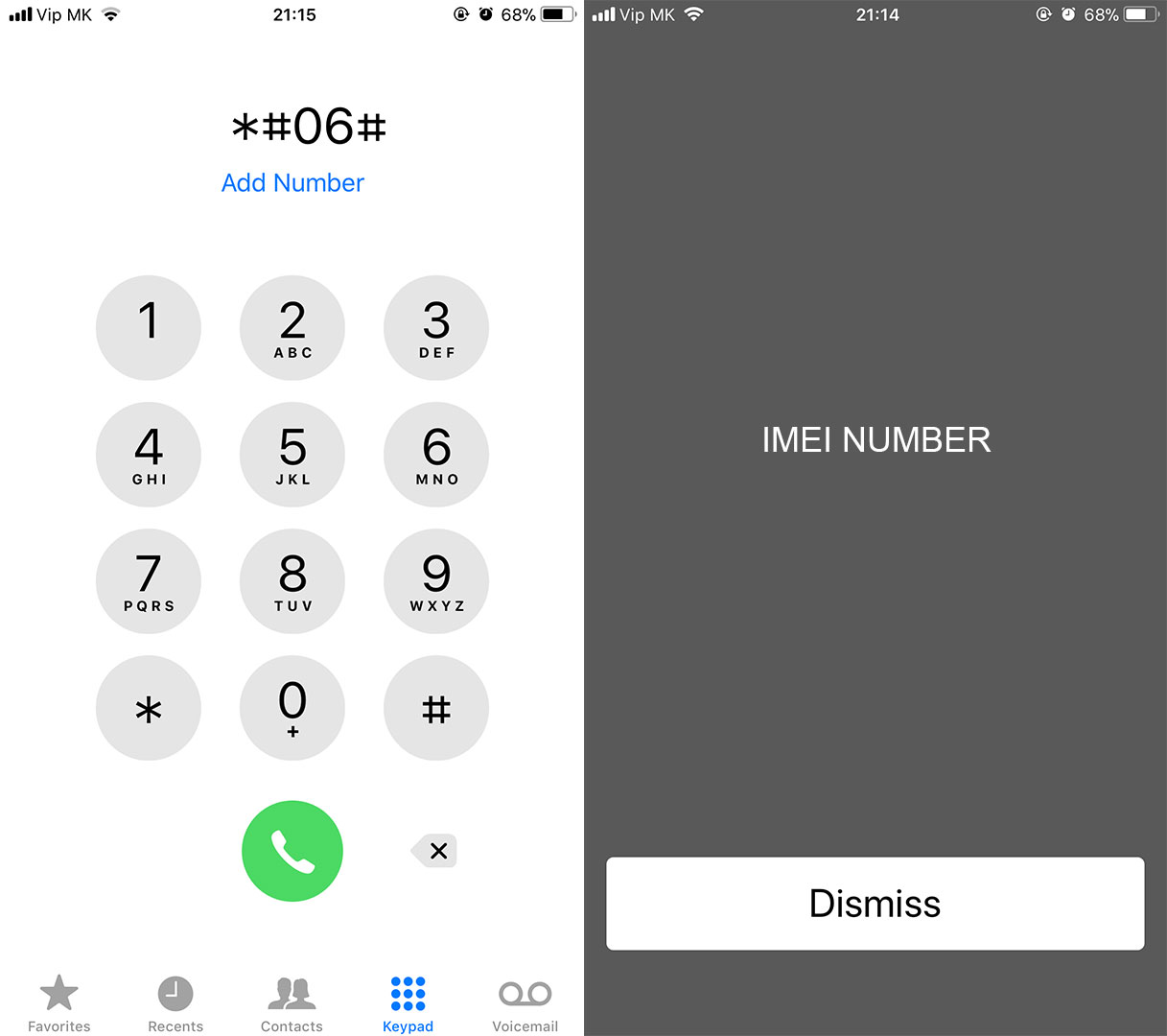
- Compare the displayed number with the IMEI number on your phone’s box.
- If the numbers are identical, your SIM card problem is likely not due to an IMEI mismatch.
- Should they differ, the IMEI on your device may have been modified. This could explain the error you’re experiencing. In such a case, replacing your device is recommended as it may no longer function correctly with a SIM card.
10. Reset Network Settings
Wrongly configured network settings could cause SIM card issues. Resetting network settings clears any historical network glitches, such as disregarded Wi-Fi networks or cellular configurations, that could prevent your SIM card from communicating efficiently with the network towers.
By resetting these parameters to their factory defaults, you potentially fix any issues in your connectivity, making way for smooth and optimal mobile service.
- Unlock your phone and swipe down from the top to reveal the notifications panel.
- Tap on the Settings gear icon to access phone settings.
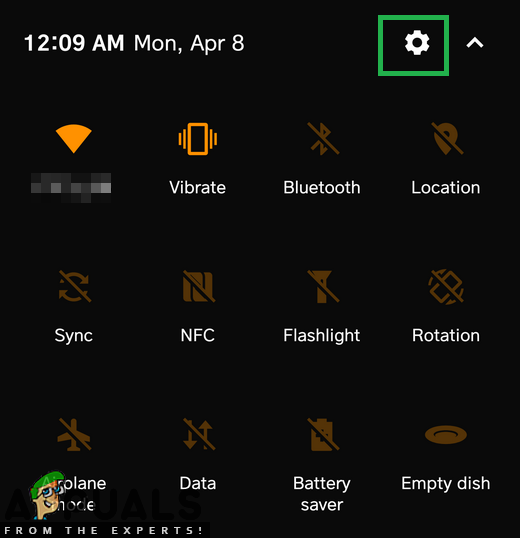
Swiping down the notifications panel and tapping on the Settings gear icon - Navigate to System Settings and click on it.
- In the next screen, tap on Reset, and then select Reset Network Settings.
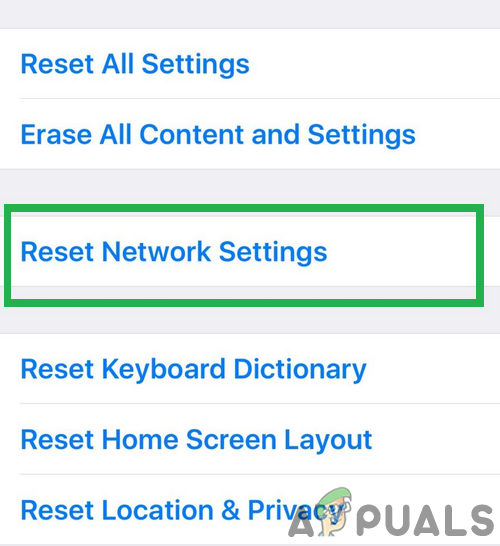
Selecting the “Reset Network Settings” option - Acknowledge any prompts that appear and wait for the network settings to reset.
- Afterward, verify if the SIM card issue has been resolved.
11. Clear the Cache Partition
Clearing the cache eliminates temporary system files that could have become corrupted or are causing interference with the device’s ability to detect and connect to the network, thereby potentially restoring smooth communication with your SIM card and improving overall performance.
- Unlock your device, press, and hold the power button to display the power options.
- Select Power Off and wait for your device to shut down completely.
- Continue holding the Volume Down button while simultaneously pressing the Power button to turn on the device.
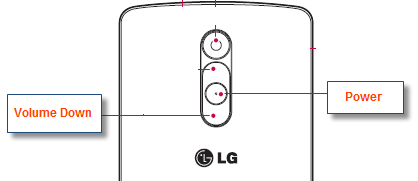
- Maintain your hold on the Volume Down button until you reach the bootloader menu.
- Use the volume buttons to navigate to Wipe Cache Partition and select it by pressing the Power button.

Selecting the “Wipe Cache Partition” option - Once the cache partition is cleared, select the reboot option and confirm it with the Power button.
- Finally, check to see if the issue with the SIM card persists after the procedure.
12. Run the SIM Card Test
There may be an issue with your SIM card not functioning correctly because your phone is unable to register it on the network or verify the signal strength. This diagnostic tool grants access to phone information that can reveal signal reception problems or other issues affecting your SIM card’s communication with the network. By analyzing the test results, you can identify whether the problem is with the SIM card or the phone’s hardware.
- Unlock your device and open the phone dialer.
- Enter the following code into the dialer:
*#*#4636#*#*

Opening Dialer - Once you are in testing mode, tap on the Phone Information option.
- Scroll down the screen until you see the Turn off Radio option and select it. If the command does not execute, you may need to try a few more times.
- Look for the Set Preferred Network Type option and tap it to open the dropdown menu.
- Check to see if the issue has been resolved.
13. Check for a Faulty SIM Card
Sometimes, a SIM card might become damaged due to water exposure or being physically broken or cracked. Although it seems unlikely, damaged SIM cards may stop functioning properly. Initially, power down your device, remove the SIM card, and test it in another phone to see if it operates correctly there.
If the SIM card is not functioning in a different phone, this indicates that the issue is with the SIM card itself, not your mobile device. Additionally, verify that your SIM card has been recharged and that your account with the service provider is active. Unpaid dues could lead to the SIM card being blocked by the provider. Confirm that your account is in good standing, and then check if the problem persists.
14. Remove the SD Card
In rare cases, the presence of an SD card in the SIM tray may interfere with mobile device functionality. Although it seems unusual, removing the SD card could be a solution if other attempts have failed. Power off your device, extract the SIM tray, and remove the SD card. Once done, reseat the SIM card correctly, reinsert the SIM tray, power on the device, and check if this has resolved your issue.
15. Check for Updates
Occasionally, your mobile phone’s software may develop issues due to updates that disrupt normal operation, including SIM card functionality. Companies often release patches quickly to fix such problems. These updates may include bug fixes that specifically target connectivity problems, including those that concern SIM card detection and network registration.
By keeping your device’s software up to date, you make sure that any known issues can be resolved, potentially resolving SIM card related errors.
- Unlock your device and swipe down to access the notifications panel.
- Tap the Settings icon to enter your phone’s settings.
- Within settings, tap on the About Device option.
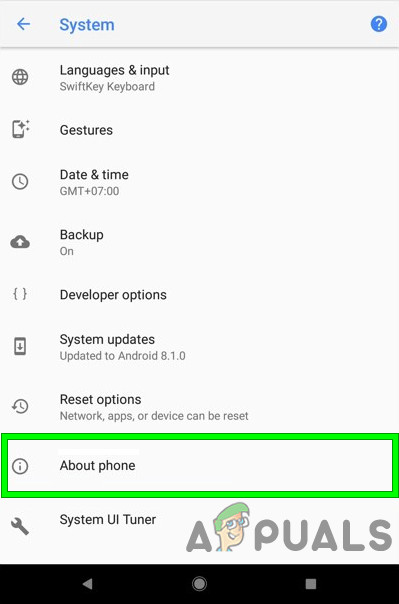
About Phone - Next, press the System Update tab and then select the Check for System Updates button.
- Your device will now search for available updates and download them automatically.
- Once downloaded, tap the Install button and follow any prompts to install the latest update.
- After the update is installed, verify if the SIM card issue is resolved.
If the mentioned solutions do not fix the problem, you might be experiencing signal issues from your carrier. It is recommended to contact your carrier to discuss the issue. If they report that their service is functioning normally, then the problem might be related to your phone’s hardware.